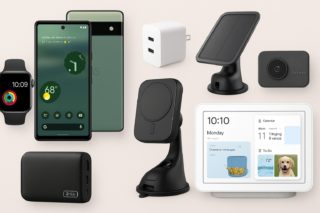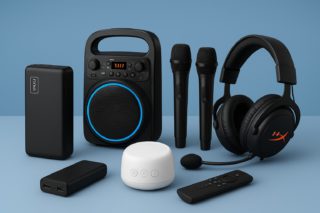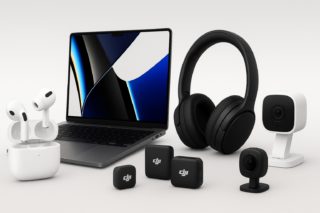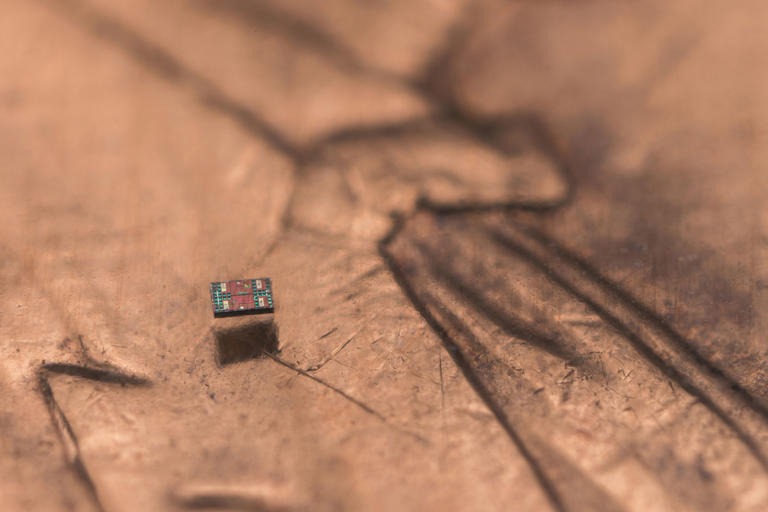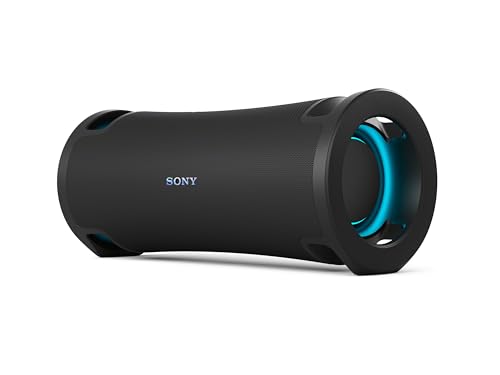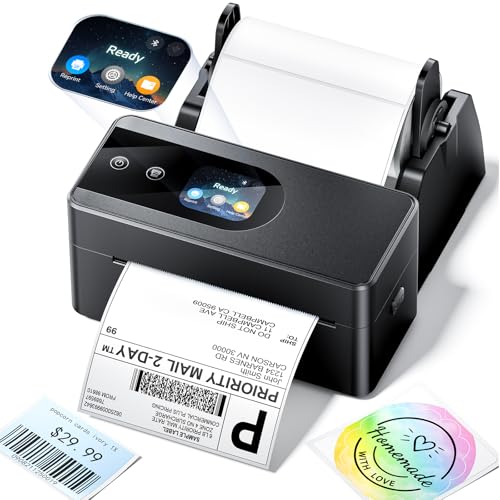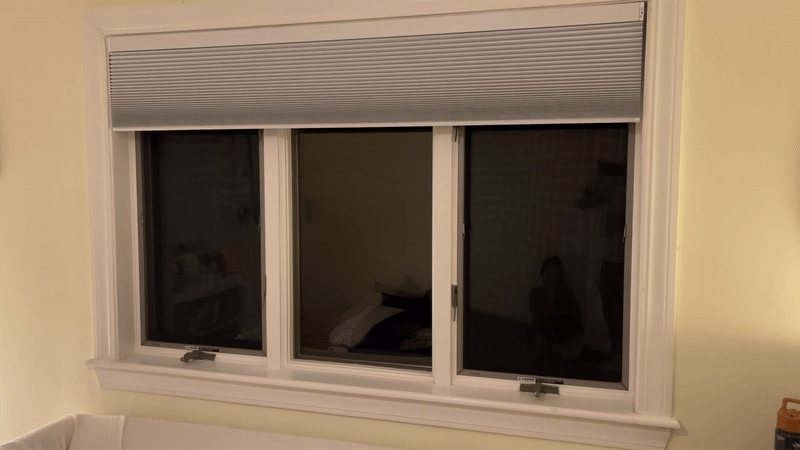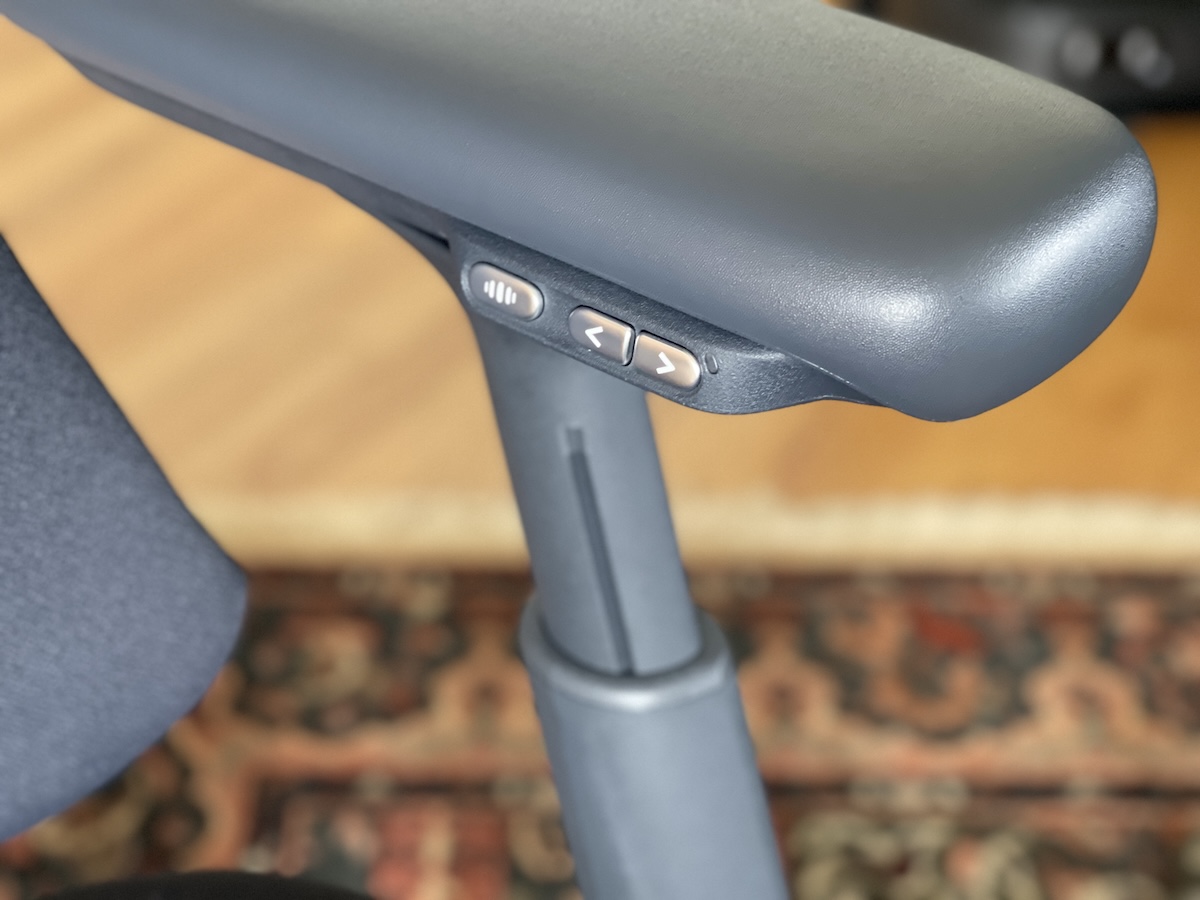The FBI has successfully accessed the phone of Thomas Matthew Crooks, the suspected shooter in the assassination attempt against former President Donald Trump. This rapid breakthrough is crucial for gathering evidence to understand Crooks’ motives and connections.
According to the FBI, field agents initially failed to unlock the phone, leading to its transfer to the FBI lab in Quantico, Virginia, where specialists accessed it in just two days. Although the FBI has not disclosed the methods used or the findings, experts suggest tools like Cellebrite and GrayKey were likely involved. Cooper Quintin from the Electronic Frontier Foundation noted, “Almost every police department in the nation has a device called the Cellebrite.” [source]
This development is significant in the context of past struggles between law enforcement and tech companies over encrypted devices. In 2016, the FBI and Apple clashed over unlocking the San Bernardino shooter’s iPhone, with Apple refusing to create a backdoor for security reasons. The FBI eventually accessed the phone with outside help, highlighting the ongoing tension between privacy and security.
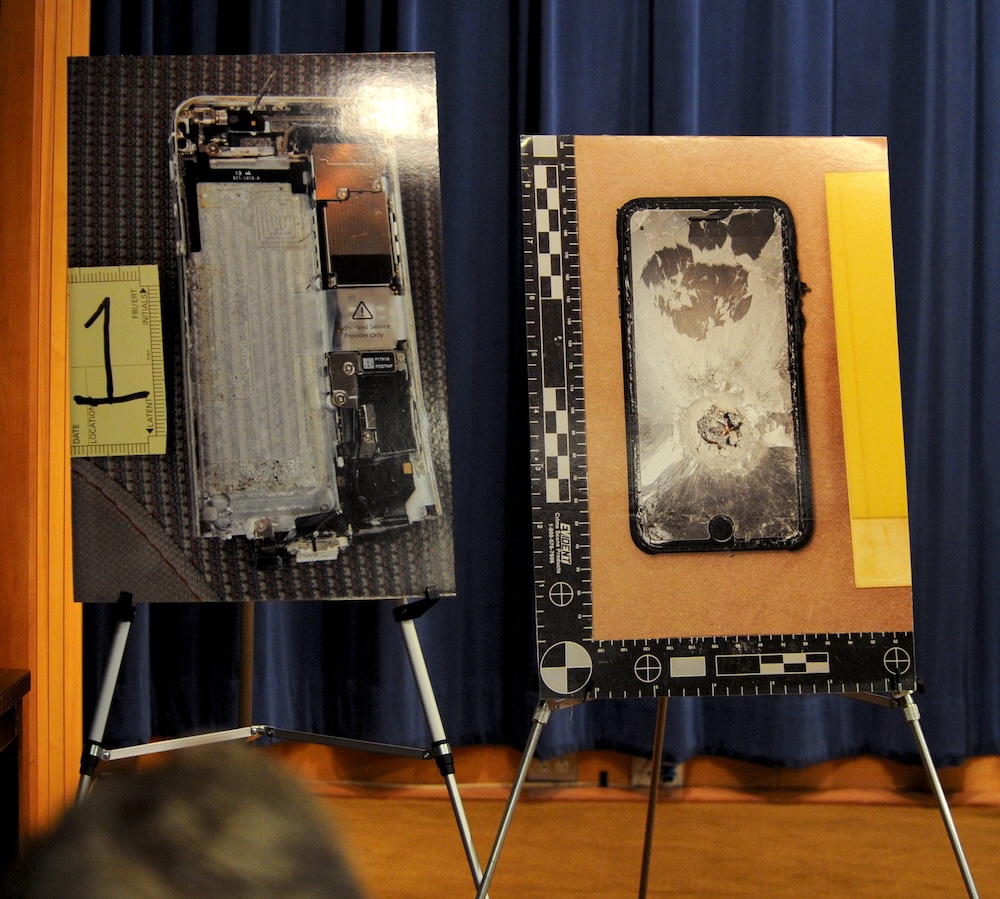
Credit: FBI Images of the shooter’s phone from the December 6, 2019 shooting at Naval Air Station Pensacola were on display during a January 13, 2020, press conference at DOJ Headquarters in Washington, D.C. During the gunfight with first responders, Mohammed Saeed Alshamrani placed one of his phones on the floor and shot a single round into the device. The FBI Laboratory was able to make the phone work again but has been unable to unlock it.
Mass extraction tools have become increasingly common in law enforcement. According to a 2020 investigation by Upturn, over 2,000 agencies in all 50 states use mobile device forensic tools to access data from locked devices. These tools, like GrayKey and Cellebrite, provide a way around encryption, raising concerns about privacy and the potential misuse of such technology.
Crooks, a 20-year-old from Bethel Park, Pennsylvania, was killed by Secret Service agents during the attack at a Trump rally. The FBI continues to investigate the incident, which is being considered a potential act of domestic terrorism. They have searched Crooks’ residence, conducted numerous interviews, and are analyzing digital evidence from the scene. Despite these efforts, the FBI has yet to determine a clear motive for the attack.
In their latest update, the FBI stated, “We have conducted nearly 100 interviews of law enforcement personnel, event attendees, and other witnesses. We are reviewing hundreds of digital media tips which include photos and videos taken at the scene.” The investigation remains ongoing as authorities seek to piece together Crooks’ actions and motivations leading up to the attack.





